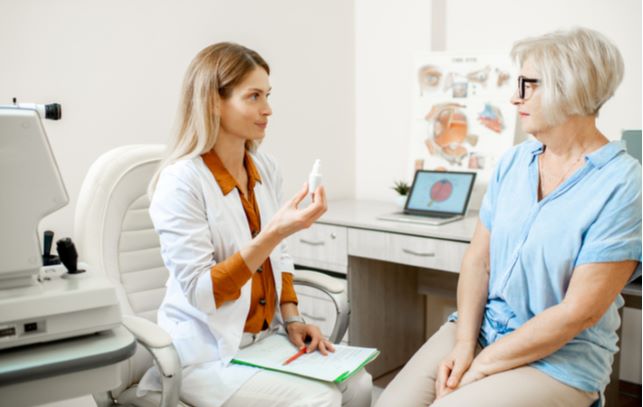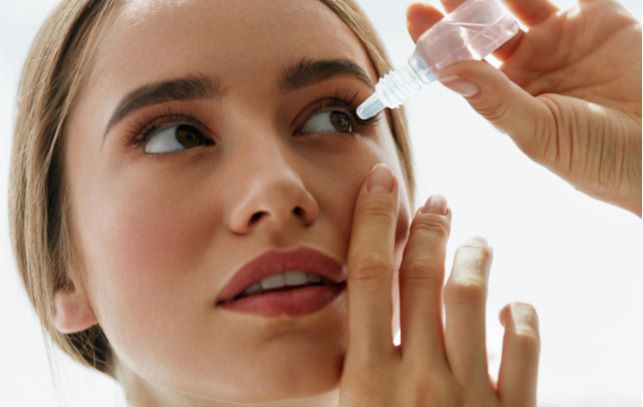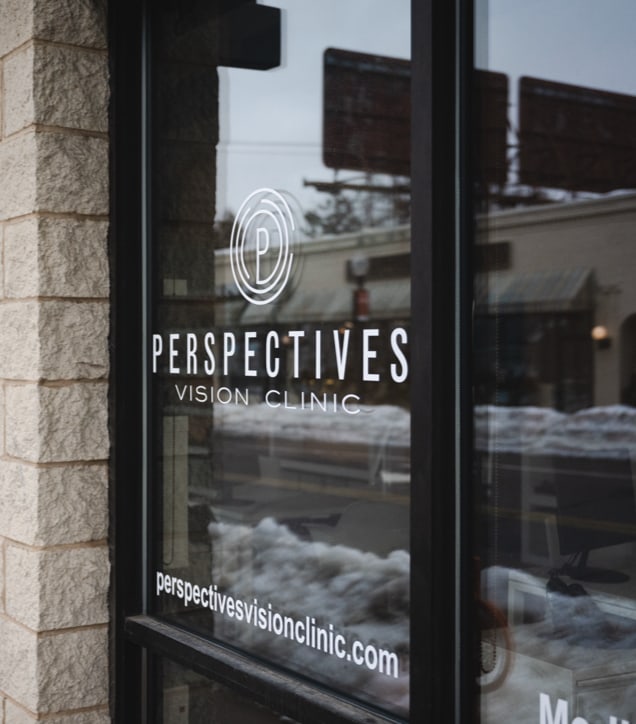Whether it happens from working on your computer or another cause, dry eyes can affect your quality of life. More severe cases of this condition may damage your eyes, so how can you find relief? Many people use artificial tears for temporary relief, but how can you choose the best kind for your needs?
If you’re experiencing dry and irritated eyes, continue reading to learn more about how to choose artificial tears.
What is Dry Eye Disease?
Millions of Americans experience symptoms of dry eye disease, a condition where your tears cannot effectively lubricate your eyes. Tears provide moisture each time you blink, keeping the surface of your eye clean and protected. Your eyes can become dry when issues arise in your tear film.
Several factors can influence this condition’s development, but dry eyes typically happen due to decreased tear production or increased tear evaporation. No matter the cause of your dry eyes, this condition can lead to several aggravating symptoms, including:
- Stinging, burning, or itchy eyes
- Red eyes
- Blurred vision
- Eye fatigue
- Watery eyes
- Light sensitivity
- Foreign object sensitivity
Dry eyes can affect your quality of life, and many people seek ways to relieve their symptoms. When your eyes feel irritated, artificial tears can provide you with temporary relief.
What Are Artificial Tears?
Artificial tears are another name for eye drops. Many people buy over-the-counter eye drops to help moisten their eyes when they feel dry. They’re a common dry eye treatment because most eye drops are available without a prescription.
These eye drops mimic real tears to help provide moisture. They can be an effective solution when your eyes feel irritated from wind, smoke, or working on the computer for too long. Depending on the brand, artificial tears can help promote healing, slow tear evaporation, or provide longer relief for your eyes.
What Are Artificial Tears Made of?
What’s in artificial tears? While artificial tears are safe, you should know what you’re using on your eyes. There are several ingredients used in these eye drops, including:
- Guar gum to help keep your tears from drying
- Electrolytes to heal the surface of the eye
- Lubricants to moisten your eyes
- Preservatives (if added) to prevent bacteria growth
Eye drops mimic real tears, and you’ll find these ingredients in most over-the-counter brands today. Preservatives aren’t available in every brand, but they can help your eye drops last longer. However, many optometrists don’t recommend using artificial tears with preservatives more than 4 times daily; the chemicals in these preservatives can worsen dry eye symptoms.
Types of Eye Drops for Dry Eye Disease
Artificial tears are common because you can easily pick them up from the store. Because there are so many similar brands, your choice can be a matter of personal preference. There are 2 main categories of eye drops, artificial tears with preservatives and preservative-free artificial tears.
Artificial Tears with Preservatives
Artificial tears with preservatives last longer than preservative-free eye drops and typically come in multi-use bottles. Preservatives prevent bacteria growth after opening the bottle. However, these same preservatives may irritate your eyes, and people who need relief multiple times per day should consider avoiding them.
Preservative-Free Artificial Tears
Preservative-free eye drops have fewer additives, and you can use them as many times as you like throughout the day. They can come in single doses because they expire faster than artificial tears with preservatives.
Prescription Eye Drops
While prescription eye drops are different from artificial tears, they’re an option when over-the-counter treatments don’t provide the relief you need.
Different medications are available depending on your needs, and your optometrist can recommend the best eye drops to provide long-term relief. Depending on the eye drops, they can reduce inflammation or help stimulate tear production.
If you require artificial tears, how can you select the eye drops you need?
How to Select Artificial Tears for Dry Eye Disease
With many over-the-counter options available, speaking with your optometrist can help determine what artificial tears are most helpful for you. If you buy a brand of eye drops that doesn’t benefit your eyes, you can always try another brand.
Keep an Eye on Artificial Tears With Preservatives
The most significant factor to consider when choosing artificial tears is the addition of preservatives. They can help your eye drops last longer, but many people find preservatives can irritate their eyes. Eye drops with preservatives can lead to poor production and maintenance of the tear film.
The chemical found in artificial tear preservatives, benzalkonium chloride (BAK), has several negative effects after long-term use, such as discomfort and burning, itching, and watery eyes. Preservative-free artificial tears may be a better option if you need to use your eye drops more than 4 times per day.

Don’t Let Dry Eyes Rule Your Life
Dry eyes can be irritating and uncomfortable, but you can find long-term relief in many ways. There are over-the-counter options available, and your optometrist can recommend other treatments if needed.
If you’re experiencing symptoms of dry eye disease and want relief, book an appointment with your eye doctor today.










